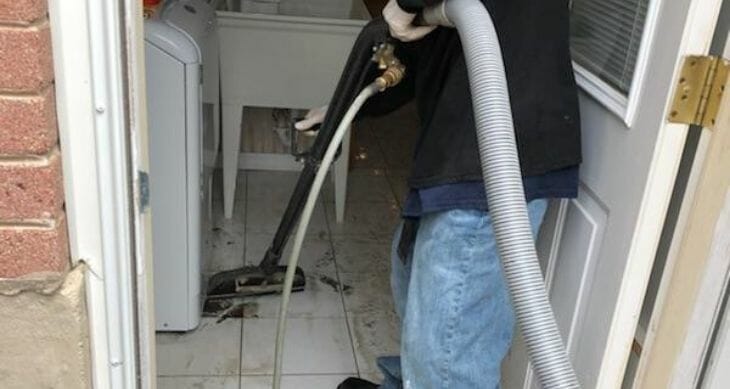Sewage backup in the basement is a nightmare scenario for any homeowner. The foul odor, health hazards, and potential damage to your property can be overwhelming. Prompt and proper cleanup is crucial to prevent further contamination and restore the affected area. This guide will explore effective strategies for clean up sewage in basement, ensuring a safe and efficient restoration process.
Understanding The Dangers Of Sewage Backup
When sewage backs up, dangerous bacteria, viruses, and other germs can spread through the water. Exposure to sewage-contaminated water can lead to severe illnesses, including gastrointestinal issues, respiratory problems, and skin infections. It is essential to treat sewage cleanup as a hazardous task and take appropriate precautions to protect yourself and others.
Assessing The Situation
Before initiating the cleanup process, assess the extent of the sewage backup and identify any potential safety hazards. Ensure that the electricity and gas supply to the affected area are turned off to prevent accidents. Evaluate the structural integrity of the basement and check for any signs of sewage seepage into the walls or flooring.
Personal Protective Equipment (PPE)
Proper protective gear is essential when dealing with sewage cleanup. Wear gloves, rubber boots, goggles, and a face mask to shield yourself from direct contact with contaminated materials and harmful fumes. PPE acts as a barrier, minimizing the risk of infection or illness.
Extracting Standing Water
To get the water out of the cellar, use a mechanical pump or a wet/dry vacuum. Take care not to overflow the drainage system or release the wastewater into an area where it can contaminate clean water sources. Dispose of the extracted water following local regulations and guidelines.
Removing Contaminated Materials
Remove any porous materials that have come into contact with sewage water, such as carpets, insulation, drywall, and furniture. These items can harbor bacteria and may not be salvageable. Seal them in plastic bags before disposal to prevent further contamination.
Cleaning And Disinfection
Thoroughly clean all hard surfaces, including walls, floors, and fixtures, using a mixture of hot water and detergent. Scrub the area to remove visible dirt and debris. After cleaning, apply a disinfectant specifically designed for sewage cleanup to eliminate any remaining bacteria and viruses. Follow the manufacturer’s instructions for proper use.
Drying And Dehumidification
Utilize fans and dehumidifiers to thoroughly dry the afflicted area. Moisture can promote mold growth, which poses additional health risks. Ensure proper ventilation during the drying process to prevent the accumulation of stale air and odors.
Professional Assistance
Sewage cleanup in the basement can be a complex and hazardous task. If you are dubious about your ability to manage the situation, it is advisable to seek professional assistance. Restoration companies specializing in sewage cleanup have the necessary expertise, equipment, and training to ensure a thorough and safe restoration process. For more information on handling flood-related issues, including sewage cleanup in your basement, you can visit https://www.ready.gov/floods.
Conclusion
Cleaning up sewage in your basement is a challenging task that requires careful planning, precautionary measures, and thorough execution. By implementing the strategies detailed in this article, you can effectively mitigate health risks, prevent further harm, and restore your basement to a habitable state. Remember to prioritize your safety and seek professional assistance when needed. Swift action and adherence to proper cleaning protocols will help you overcome the aftermath of sewage backup and regain peace of mind in your home.



